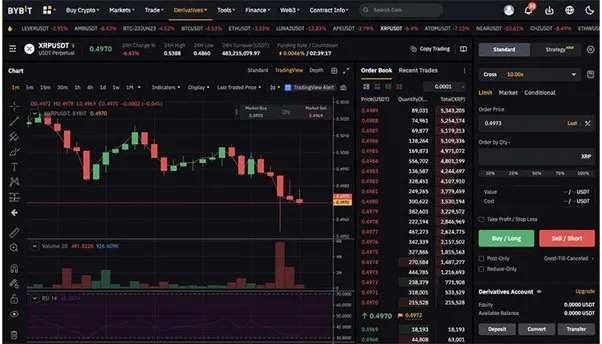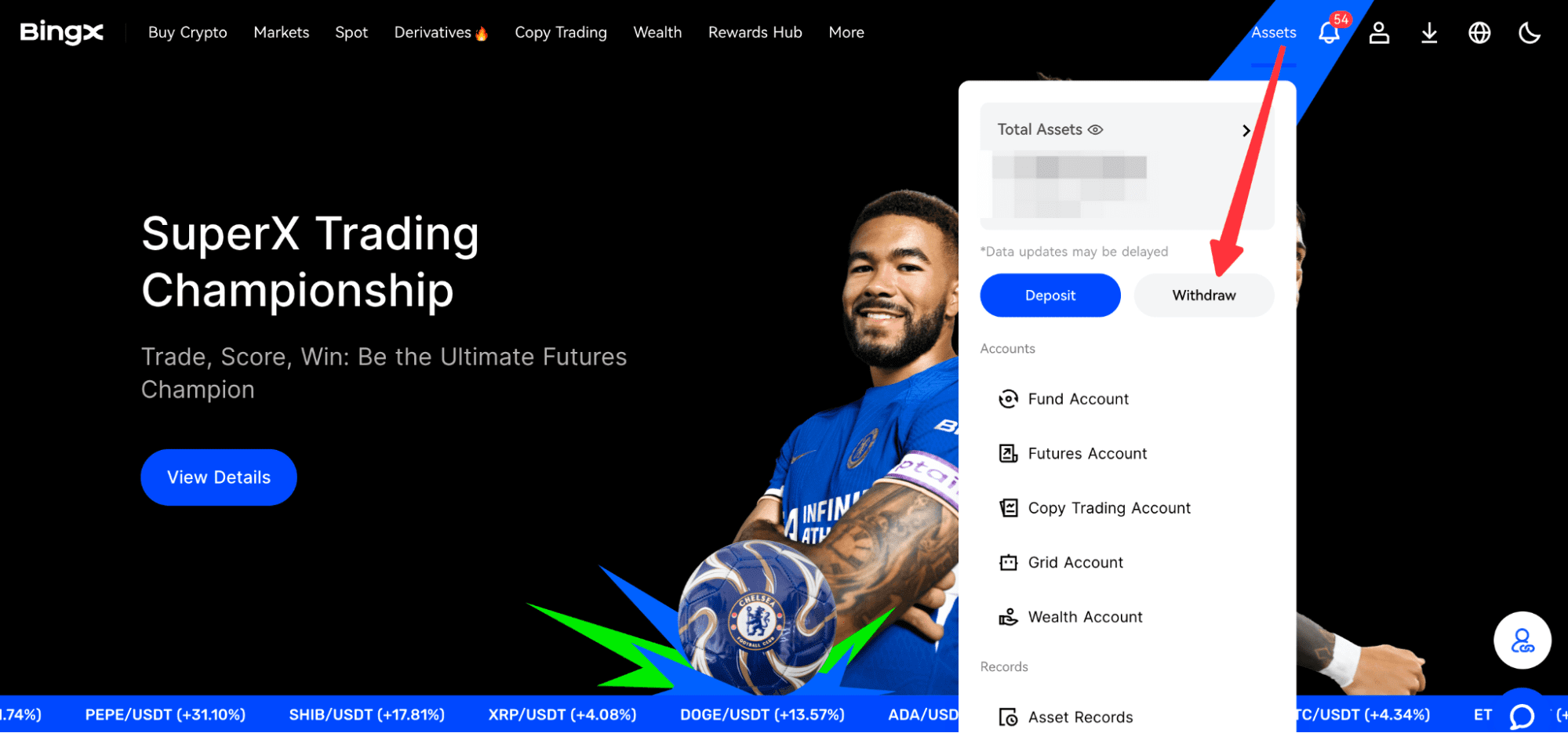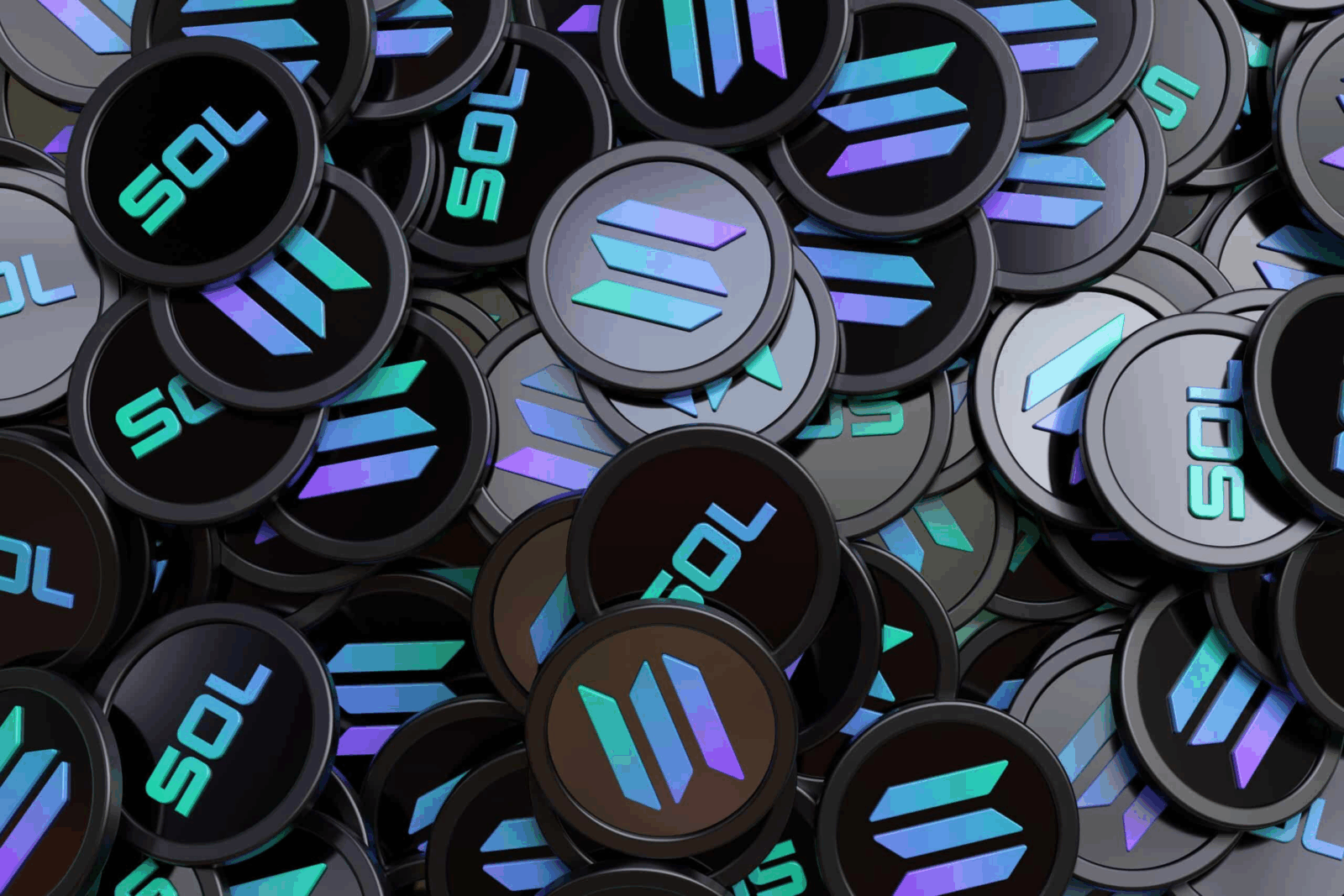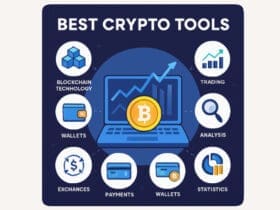This article explains how to add liquidity to a Solana token. Adding liquidity is an important part of Solana’s DeFi ecosystem and allows you to earn fees and rewards on trades.
Adding liquidity is a more complicated process than simply buying or selling a token. Whatever your level of expertise is, this guide will help you add liquidity in a secure and efficient way.
Overview Solana
Solana is a fast, scalable, and low-cost-performing blockchain. Solana uses a Proof of History and Proof of Stake consensus, allowing Solana to perform thousands of transactions every second at a very low cost, like pennies.
Solana smart contracts and decentralized applications (dApps). Developers and crypto projects like Solana.

Solana’s ecosystem has decentralized exchanges, NFTs, and tokenized assets. Solana is fast and has a growing communit
So decentralized finance, gaming, and Web3 applications that are built on Solana can capitalize on the speed of Solana and rival Ethereum.
What Does “Adding Liquidity Mean in Solana DeFi?
In Solana DeFi, providing liquidity entails depositing token pairs into liquidity pools located on decentralized exchanges (DEX) .
These pools enable uninterrupted exchanges on the platform and allow Liquidity Providers (LPs) to get a portion of the trading fees.
After supplying liquidity, the LPs receive LP tokens that can be staked to earn additional rewards. Although providing liquidity can be very profitable, there is the risk of impermanent loss and the loss of funds in the smart contract.
How To Add Liquidity To Solana Token
Adding Liquidity on Raydium (Solana Token Example)
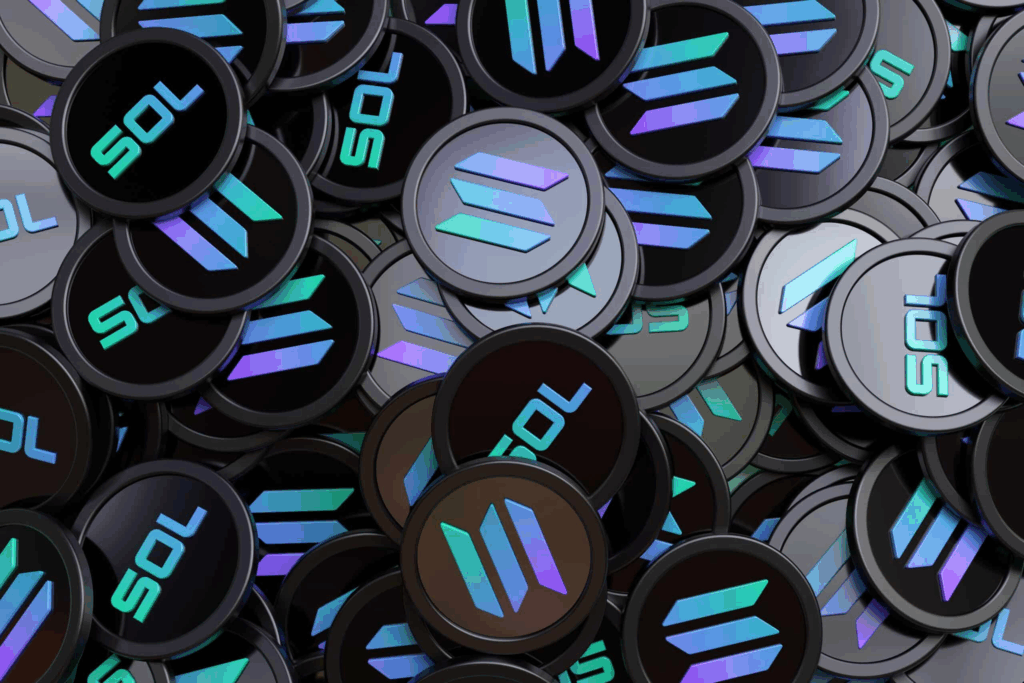
Create or Access your Wallet
- Use Phantom or Solflare wallet.
- Ensure wallet has SOL for transaction fee.
Connect Wallet to Raydium
- Go to Raydium.io
- Click Connect Wallet and choose your wallet.
Navigate to the “Pools” Section
- Click Liquidity on the menu.
- Click Add Liquidity.
Pick Your Token Pair
- Example: SOL/USDC
- Type the amount for each token (must be equal in value).
Approve the Tokens
- Confirm the approval of the tokens in your wallet.
- This will allow Raydium access to the tokens for the pool.
Add the Liquidity
- Click Supply and confirm the transaction in your wallet.
Receive LP Tokens
- You’ll be issued LP tokens that represents your share of the pool.
(Optional) Stake LP Tokens
- Go to Farms on Raydium.
- Stake your LP tokens for additional rewards.
Manage Your Liquidity
- Manage your LP tokens, fees and rewards in your wallet or Raydium dashboard.
- Withdraw by redeeming LP tokens.
Prerequisites Before Adding Liquidity

Wallet Setup (Phantom, Solflare, etc.) Create a Solana-compatible wallet (Phantom, Solflare, etc.) to keep your tokens safe and engage with DEXs securely.
Funding the Wallet with SOL Add SOL to the wallet to pay transaction fees when adding liquidity and using Solana DeFi applications.
Selecting the Solana Token Determine which Solana token(s) to add to a liquidity pool based on popularity, trading volume, and possible rewards.
Choosing a Decentralized Exchange (DEX) Choose a Solana DEX like Raydium, Orca, or Jupiter to provide liquidity and utilize pools and farming rewards.
Tips for Safe Liquidity Provision
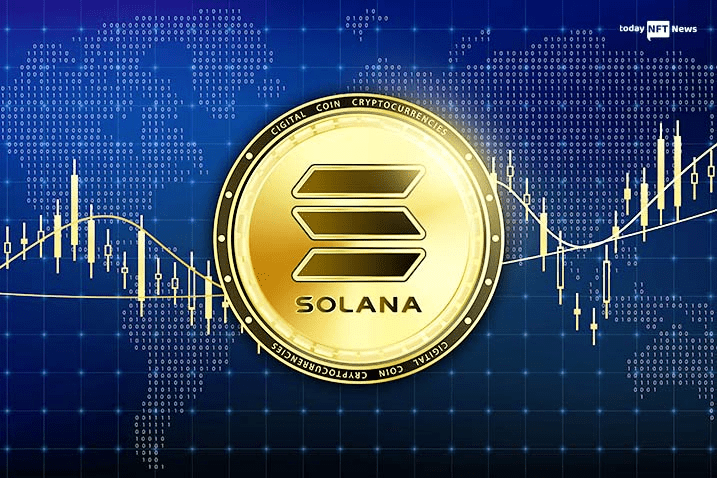
Choose Higher Liquidity Pools for Less Slippage
Opt for trading pools that have enough liquidity for smooth trades and drain less value when inserting and removing tokens.
Look for Smarter DEX Contract Audits
See whether or not a DEX has gone through audits which a smart way to lose funds due to vulnerabilities.
Test the Water Before Jumping In
Use small deposits to understand the risks and procedures in place before putting in larger sums.
Pros and Cons for Adding liquidity To a Solana Token
| Pros | Cons |
|---|---|
| Earn Transaction Fees: LPs receive a share of swap fees from the liquidity pool. | Impermanent Loss: Token price fluctuations can reduce the value of your deposited assets. |
| Additional Rewards: Some pools offer farming/staking incentives for LP tokens. | Smart Contract Risk: Vulnerabilities in DEX contracts can lead to loss of funds. |
| Support DeFi Ecosystem: Providing liquidity helps decentralized exchanges function smoothly. | Market Volatility Risk: Sudden market changes can impact the pool value. |
| Flexible Withdrawals: Liquidity can usually be withdrawn anytime by redeeming LP tokens. | Low-Liquidity Pools Risk: Pools with insufficient liquidity can cause slippage and poor trading conditions. |
| Diversification Opportunity: Allows exposure to multiple tokens in a single pool. | Transaction Fees: Frequent deposits or withdrawals incur SOL network fees. |
Conclusion
As a final point, Liquidity adding Solana tokens give users the opportunity to earn tokens, receive payouts, and contribute to the DeFi system.
Optimizing gains while mitigating risks and impermanent loss def offers the highest rewards. To invest in a safe and efficient way, always practice safe investing principles.
This means, starting small, tracking and monitoring your LP tokens and the DeFi system, and using only trusted wallets and DEXs.
FAQ
Depositing tokens into a pool on a DEX to enable trading and earn fees.
Phantom, Solflare, and Slope.
Yes, for transaction fees on Solana.
Most pools require token pairs; some allow single-sided staking.
Tokens representing your share in a liquidity pool.


